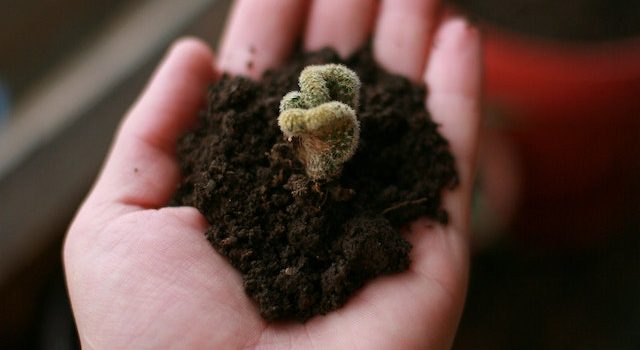
Introduction: Gardening is a delightful and rewarding activity that allows us to connect with nature and create beautiful outdoor spaces. However, a seemingly insignificant oversight can have a significant impact on our gardening expenses. In this article, we will explore one common gardening mistake that can drain your bank account and provide insights on how to avoid it. By being aware of this error, you can save money and make the most of your gardening budget.
The Oversight: Ignoring Proper Plant Spacing One often overlooked aspect of gardening is the proper spacing of plants. While it may seem like a minor detail, ignoring plant spacing guidelines can lead to a range of costly consequences. Proper spacing is crucial for healthy plant growth, adequate airflow, and efficient resource utilization.
Consequences of Ignoring Plant Spacing: When plants are overcrowded due to insufficient spacing, several negative consequences can occur:
- Stunted Growth: Lack of adequate space inhibits the development of roots, resulting in stunted growth and reduced overall plant health. Crowded plants compete for nutrients, water, and sunlight, leading to weaker, less productive specimens.
- Increased Disease and Pest Risk: Overcrowded plants create a favorable environment for the spread of diseases and pests. Limited airflow and increased humidity create conditions that encourage fungal infections and make plants more susceptible to pest infestations. Treating and managing these issues can be costly and time-consuming.
- Resource Inefficiency: Overcrowded plants compete for resources such as water and nutrients. This leads to increased water consumption, fertilization needs, and the risk of nutrient deficiencies. The extra expenses incurred in providing additional resources can quickly add up.
- Weed Growth: Insufficient plant spacing provides opportunities for weed growth. Weeds can quickly invade and overrun a garden, requiring additional time and effort for weed control, potentially leading to increased expenses on herbicides or manual labor.
Tips to Avoid the Mistake: To prevent the negative consequences of improper plant spacing and save money, consider the following tips:
- Research and Planning: Before planting, research the mature size of the plants you intend to grow. Consider their growth habits and recommended spacing guidelines. Plan your garden layout accordingly to ensure adequate space between plants.
- Follow Spacing Recommendations: Adhere to the recommended spacing guidelines provided for each plant species. This ensures sufficient room for root development, proper airflow, and efficient resource utilization.
- Thin Out Overcrowded Plants: If you realize your plants are too close together, take action promptly. Thin out the overcrowded plants by removing the weaker specimens to provide more space for the healthier ones to thrive.
- Regular Maintenance: Regularly monitor your garden to ensure plants are not encroaching on each other’s space as they grow. Prune or trim branches and foliage as needed to maintain proper spacing.
- Utilize Containers and Vertical Gardening: If you have limited space, consider using containers or implementing vertical gardening techniques. These methods maximize space utilization while still allowing for proper plant spacing.
- Mulching and Weed Control: Apply mulch around plants to suppress weed growth. This reduces competition for resources and minimizes the need for frequent weeding, saving both time and money.
Conclusion: Ignoring proper plant spacing may seem insignificant, but it can have a significant impact on your gardening expenses. By being mindful of this common oversight and following the recommended spacing guidelines, you can promote healthy plant growth, minimize the risk of diseases and pests, optimize resource utilization, and save money. Take the time to plan your garden layout, monitor plant growth, and make necessary adjustments to ensure each plant has the space it needs to thrive. Your bank account will thank you, and you’ll enjoy the beauty and abundance of a well-spaced and flourishing garden.










